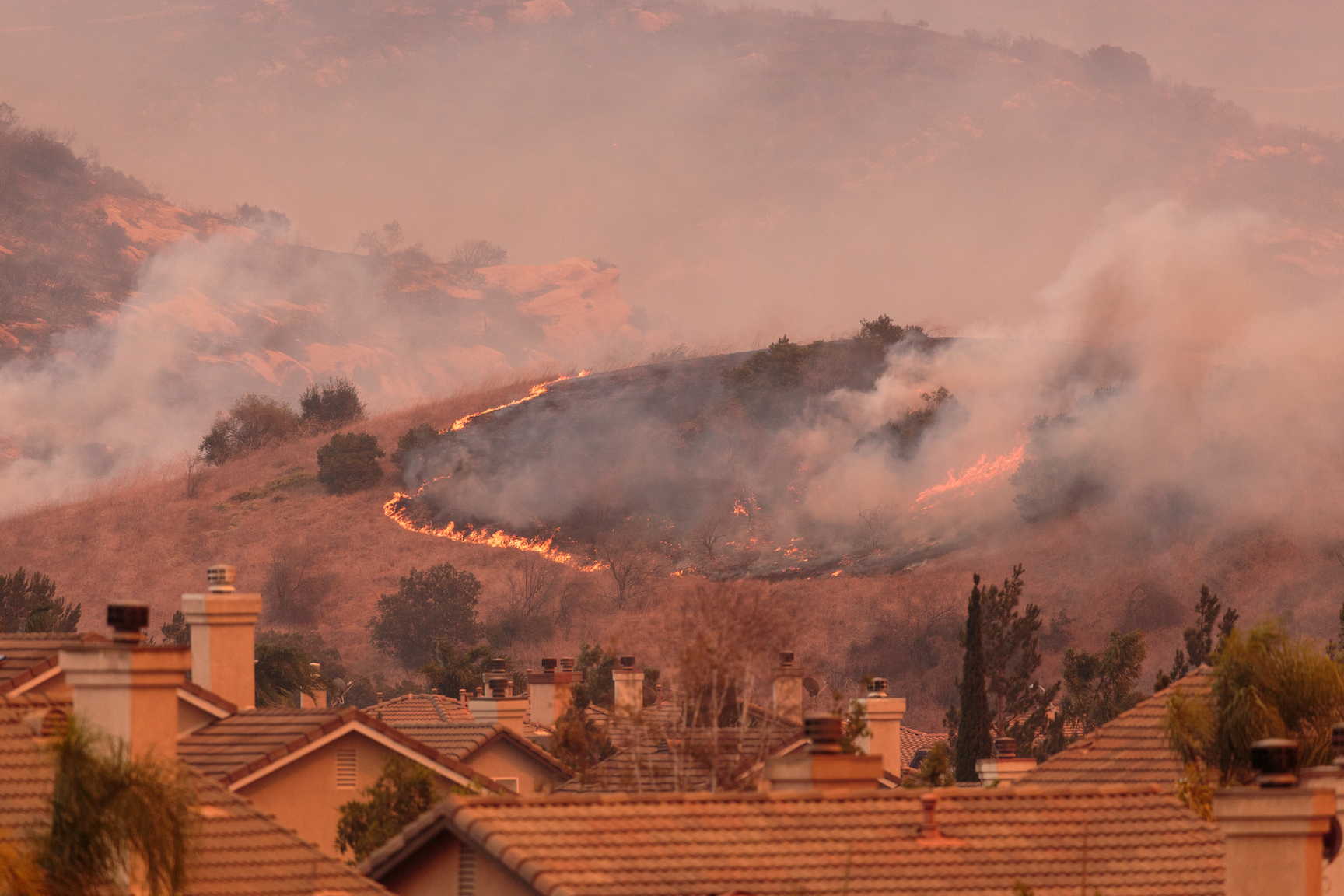
Smoke and toxic gases travel thousands of miles after wildfires
Wildfire smoke plumes linger high up into the air even after a fire has been extinguished. This smoke, which contains fine particles and toxic gases, can be carried thousands of miles away from the fires. In an unprecedented analysis, researchers have determined that these smoke plumes drastically affect air quality.
The study, which was led by Alexandra Larsen of North Carolina State University, is the first of its kind to examine the long-term effects of wildfire smoke across the United States.
To measure the impact of wildfires on air quality, the researchers investigated relevant data collected between 2006 and 2013. Information analyzed by the team included satellite data on the presence and spread of smoke plumes from the National Oceanic and Atmospheric Administration’s Hazard Mapping System (HMS).
The researchers also used the Environmental Protection Agency’s Air Quality System, which measures daily levels of ozone and fine particulate matter.
The study revealed that ozone concentrations were 11.1 percent higher on days when plumes were visible compared to days when they were not. On days when smoke plumes could be seen, fine particle levels were found to be 33.1 percent higher than normal.
Larsen was surprised to discover that the presence of wildfire smoke also affected the ozone. While plumes had occurred only on 6-7 percent of days, these plumes accounted for 16 percent of unhealthy days due to small particles and 27 percent of unhealthy days due to ozone.
“Smoke-plume days accounted for a disproportionate number of days with elevated air quality index levels, indicating that moderate increases in regional air pollution due to large fires and long-distance transport of smoke can tip the air quality to unhealthy levels,” said Larsen.
The biggest impacts from wildfire smoke were found across Massachusetts, Connecticut, Illinois, Indiana, and Kansas. Smoke plumes over these states caused ozone concentrations to rise.
“Enhanced ozone production in urban areas is a concern because of the population size potentially impacted and because air pollution levels could be already elevated due to local and mobile sources,” said Larsen.
The study is published in the Journal of Exposure Science and Environmental Epidemiology.
—
By Chrissy Sexton, Earth.com Staff Writer













